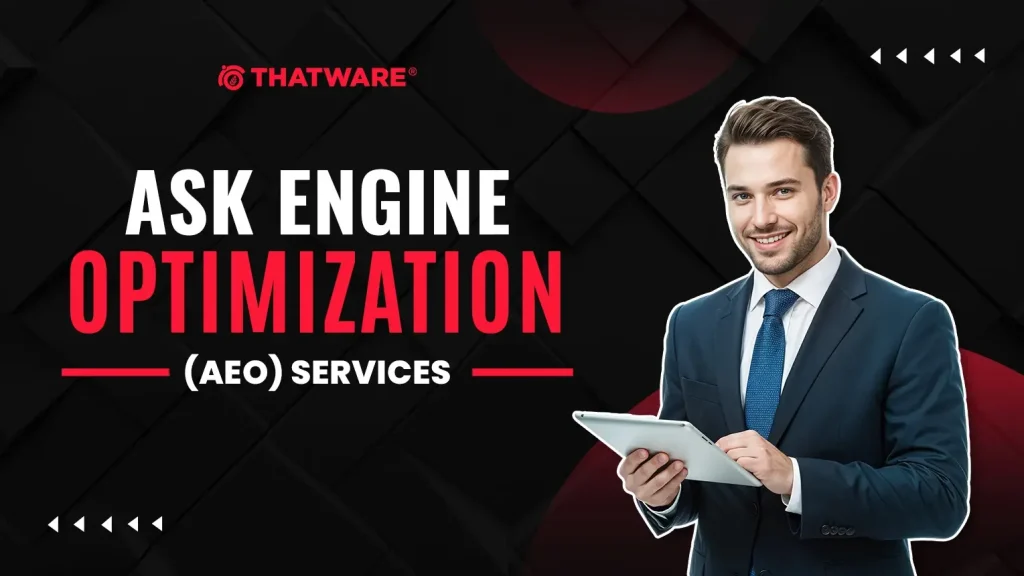The world of search is evolving faster than ever before. From basic keyword matching to advanced conversational models, the gap between user intent and search results is steadily closing. One key development at the heart of this transformation is AEO for searchGPT. If you're a business looking to thrive online, understanding and implementing AEO is not just an advantage — it’s essential.
But before we dive deeper, let's quickly break down what AEO stands for. Answer Engine Optimization (AEO) focuses on making content easily digestible for AI-driven search engines, like Google's featured snippets, voice search, and now, tools like searchGPT. Instead of just trying to rank at the top of traditional search results, AEO is about ensuring your information is the answer.
AEO for searchGPT specifically targets the way AI platforms fetch, interpret, and present information. SearchGPT, being a conversational AI, doesn't just list websites; it pulls concise, direct answers. If your content is optimized for this system, you don’t just get seen—you become the response users trust instantly. And that’s a game-changer for any brand wanting to stay ahead.
Now, how do businesses adapt to this shift? It starts with understanding your audience better than ever. SearchGPT doesn’t reward stuffed keywords or vague information; it prioritizes clarity, relevance, and authority. Content needs to answer questions clearly and quickly, often within the first few sentences. Structured data, rich snippets, FAQs, and crisp summaries are your best friends here.
Midway through the content strategy, integrating Web Development Services becomes crucial. Why? Because a fast, user-friendly, and well-structured website enhances AEO efforts. Websites must be mobile-responsive, schema-enabled, and intuitive for both users and AI crawlers. Without a strong web foundation, even the best content can fall short. At ThatWare, we emphasize combining solid web development with AEO principles to maximize visibility across all intelligent search platforms.
It’s important to note that AEO for searchGPT is not a one-time task. As AI systems learn and evolve, so must your optimization strategies. Regular updates, fresh content, and user-centric design are now non-negotiable. Moreover, embracing voice search patterns, conversational keywords, and long-tail queries ensures that your brand remains accessible through the new generation of digital assistants and AI platforms.
Another valuable tactic is leveraging multimedia. Videos, podcasts, and infographics, when properly tagged and described, contribute immensely to AEO success. SearchGPT algorithms love pulling information from multiple content formats, so diversifying your content strategy can make your brand more visible across varied user preferences.
Moreover, think about the user journey. SearchGPT models are heavily user-centric, meaning they care about what happens after a user interacts with your content. Does your page load quickly? Does it offer related helpful information? Are there clear calls-to-action? Optimizing for the full experience makes a difference.
If you’re looking to dominate future search landscapes, blending traditional SEO with AEO is non-negotiable. Forward-thinking brands are already adapting, ensuring their digital footprints are primed for AI-first search engines.
At ThatWare, we specialize in driving real, tangible results through smart, adaptive strategies like AEO for searchGPT. Our tailored solutions ensure that your content not only reaches your audience but speaks to them directly in the formats and channels they use most.
In conclusion, as digital landscapes continue to transform, brands must evolve from chasing rankings to becoming the trusted answers users seek. Investing in AEO for searchGPT is your ticket to future-proofing your online presence. Whether it’s through strategic content planning, exceptional Web Development Services, or constant innovation, ThatWare is here to guide you every step of the way.
Let’s shape the future of search together—with ThatWare leading the charge.




.png)


0 Comments